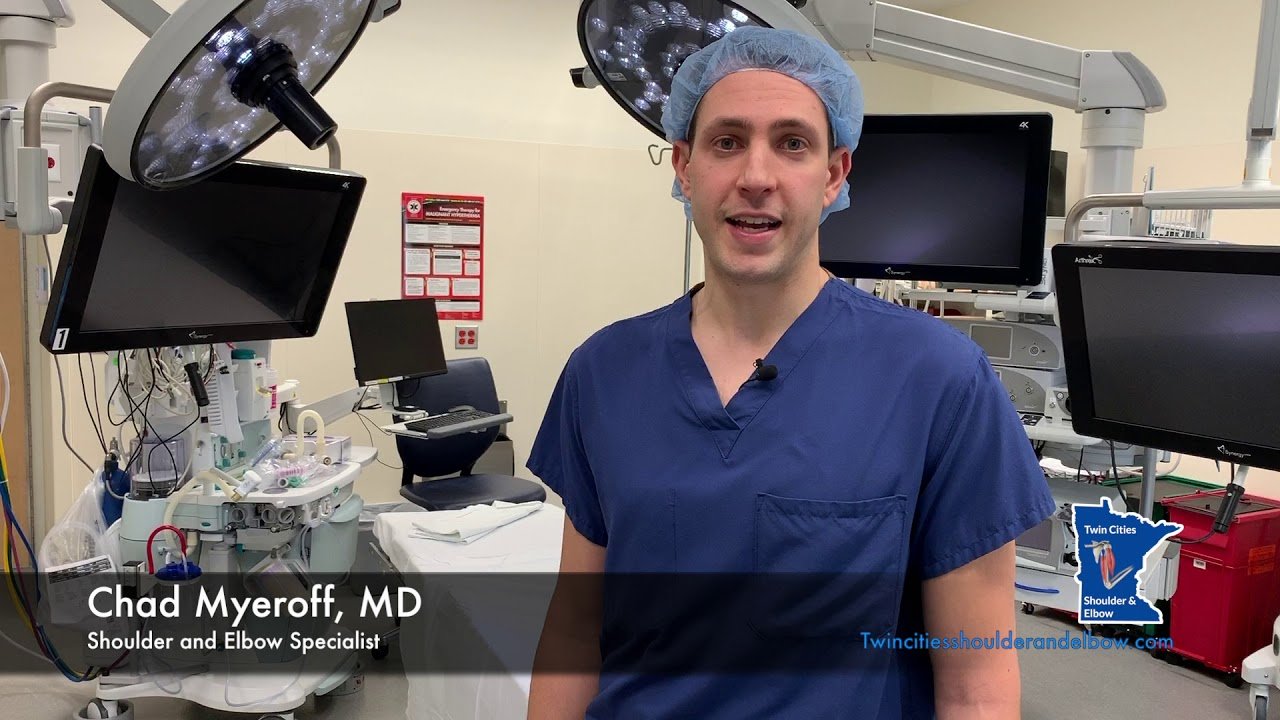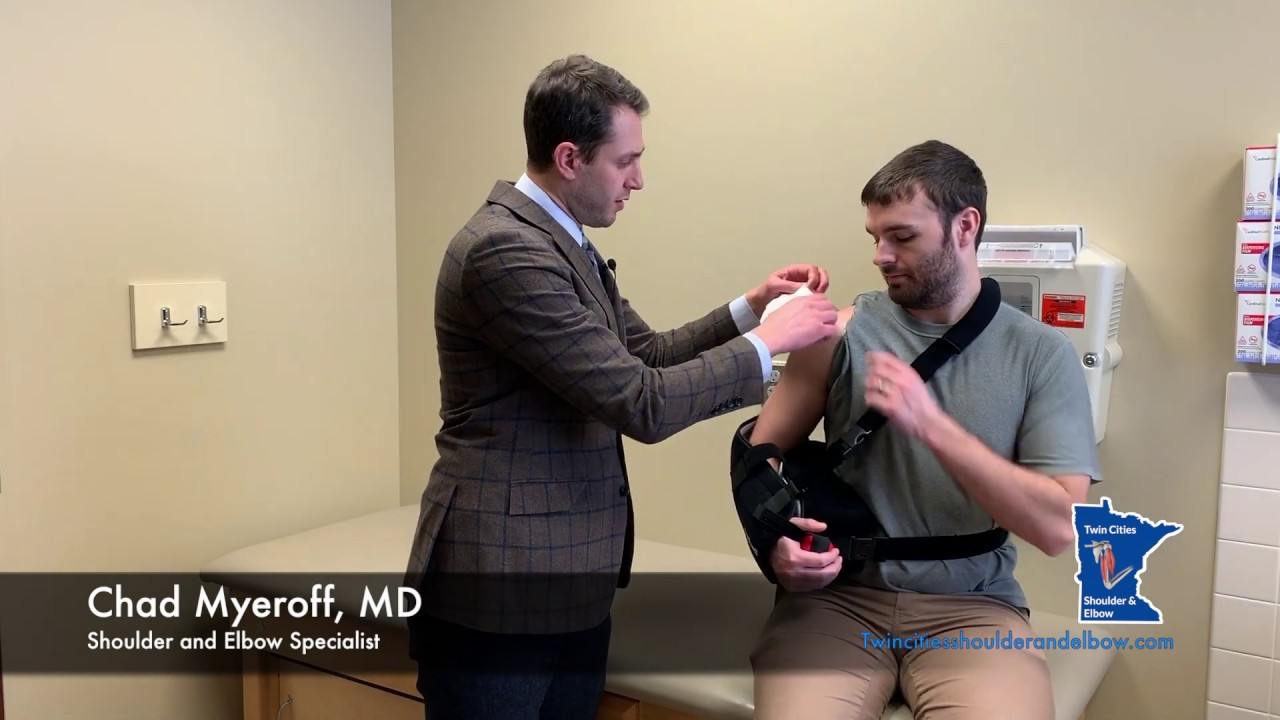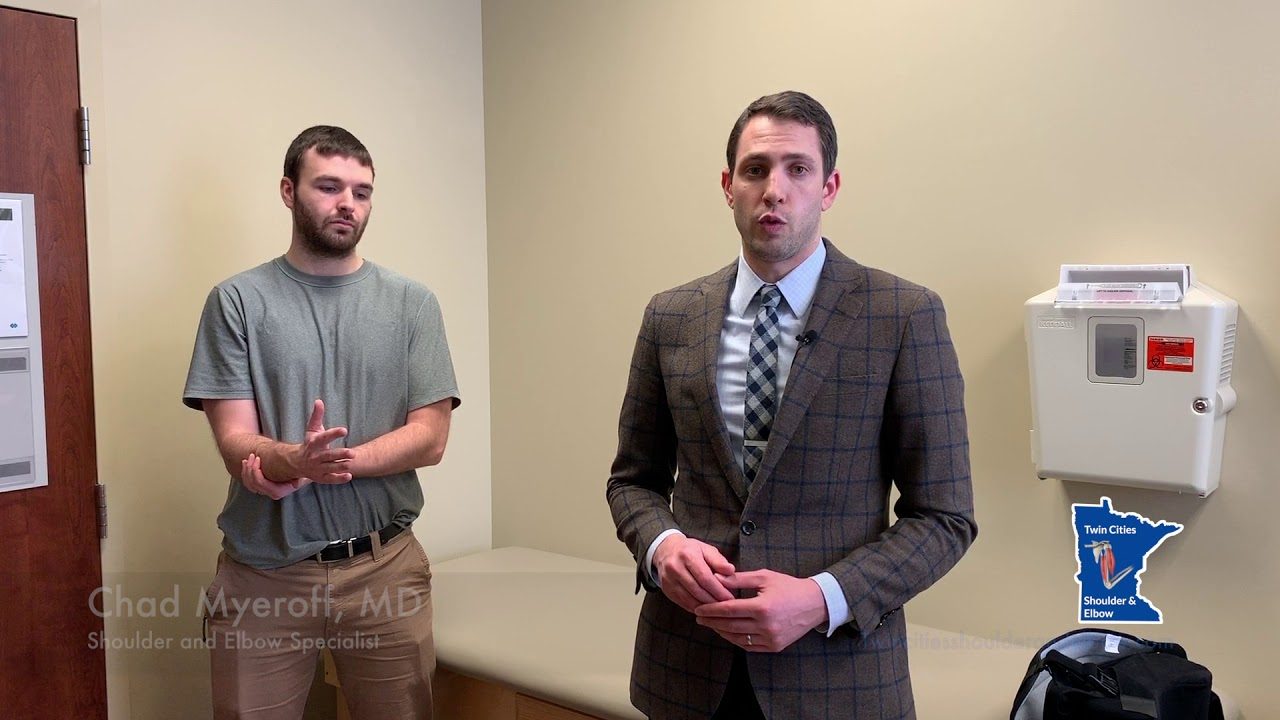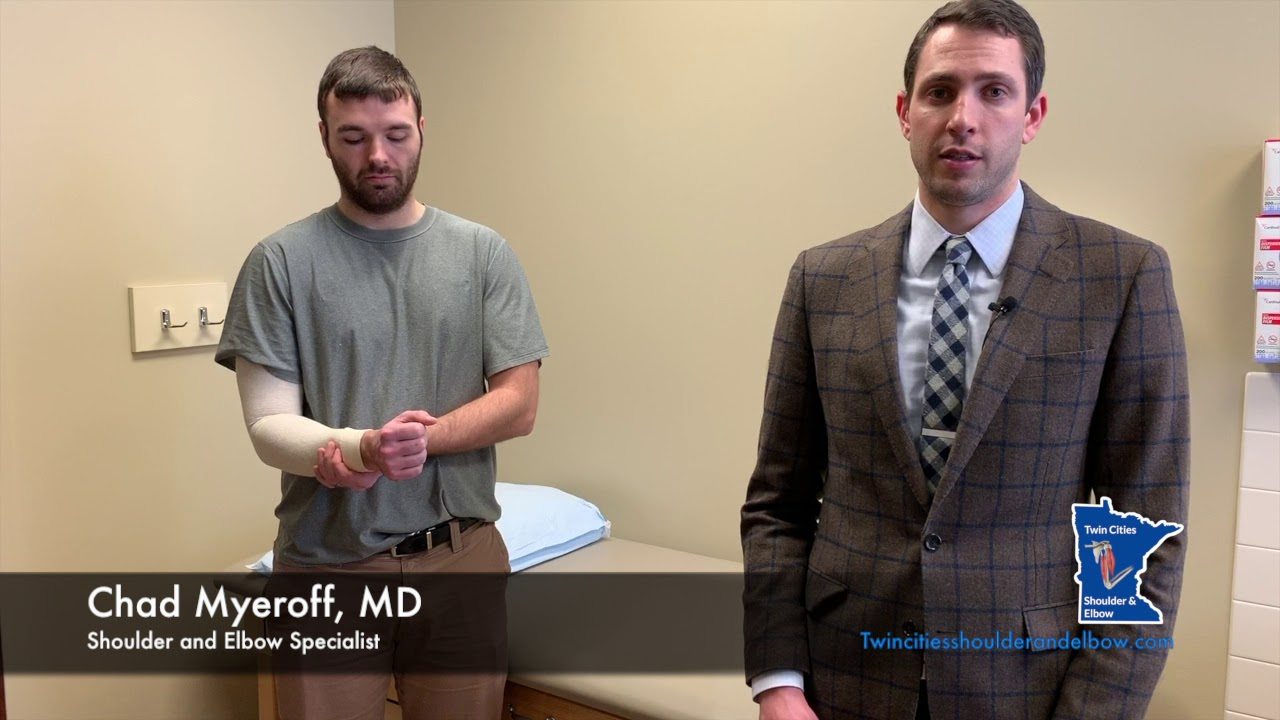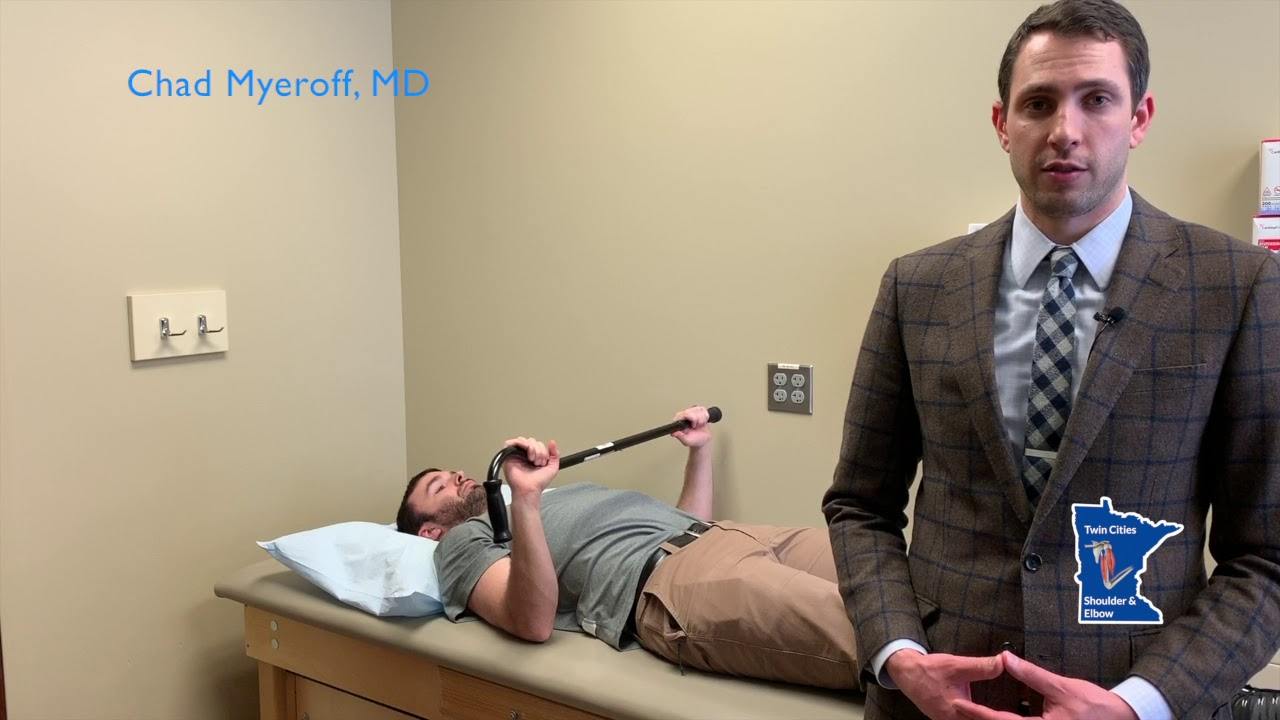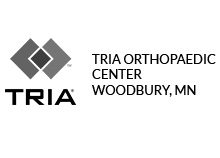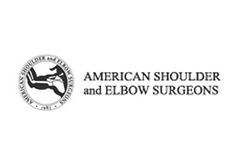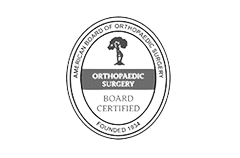Humerus Shaft
- Diagnosis
- Non-operative Options
- Operative Options
- Before Your Surgery
- After Your Surgery
- Your Rehab
The upper arm is made up of the humerus bone. The head of the humerus fits into a shallow socket in your scapula (shoulder blade) to form the shoulder joint. The humerus narrows down into a cylindrical shaft and joins at its base with the bones of the lower arm to form the elbow joint.
Fractures can occur at any site of the humeral bone. Mid-humeral fractures are fractures that occur in between the shoulder joint and elbow. They are classified into Type A, B or C fractures. Type A fractures are simple fractures where the bone is not shattered. Type B fractures are fractures when the broken bone forms a wedge, and type C fractures are where the bone is shattered into many pieces.
Causes
Mid-humeral fractures can be caused by:
• A direct blow or bending force applied to the middle of the humerus
• falling onto an outstretched arm
• violent muscle contraction in sports such as weight lifting
Signs and Symptoms
Patients usually present with considerable pain and swelling following a mid-humeral fracture. Shortening of the arm is apparent with significant displacement of the bones.
Diagnosis
Mid-humeral fractures can be diagnosed through X-ray imaging and ultrasound.
Most mid-humeral fractures can be successfully treated through conservative treatment without the need for surgery. Your doctor may place the limb in a hanging arm cast or a co-aptation splint for 1-3 weeks followed by a functional brace. Patients will be instructed on range of motion exercises of the fingers, wrist, elbow and shoulder as soon as can be tolerated.
Want to know more?
Surgical treatment is recommended for
- Fractures that cannot be managed conservatively
- Segmental fractures
- Pathologic fractures (bone tumor)
- When blood vessels get injured
- Patients who need to have upper extremity weight-bearing capability
- Open fractures when the skin is opened up by the fractured bone
- Obese patients in whom alignment is difficult
Surgical treatment is called open reduction and internal fixation (ORIF). This procedure is usually performed under general anesthesia. First your broken bones are put back into their normal anatomic position. Internal fixation devices such as plates, screws, or intramedullary (IM) implants are then used to hold your broken bones together. You will be placed in a dressing and/or cast following your procedure.
Risks and Complications
As with any surgery, complications can occur. Complications related to surgical repair of mid-humeral fracture are rare but may include:
- Nerve injury
- Bleeding
- Infection
- Blood clots
- Recurrent instability
- Malunion or nonunion
- Hardware failure
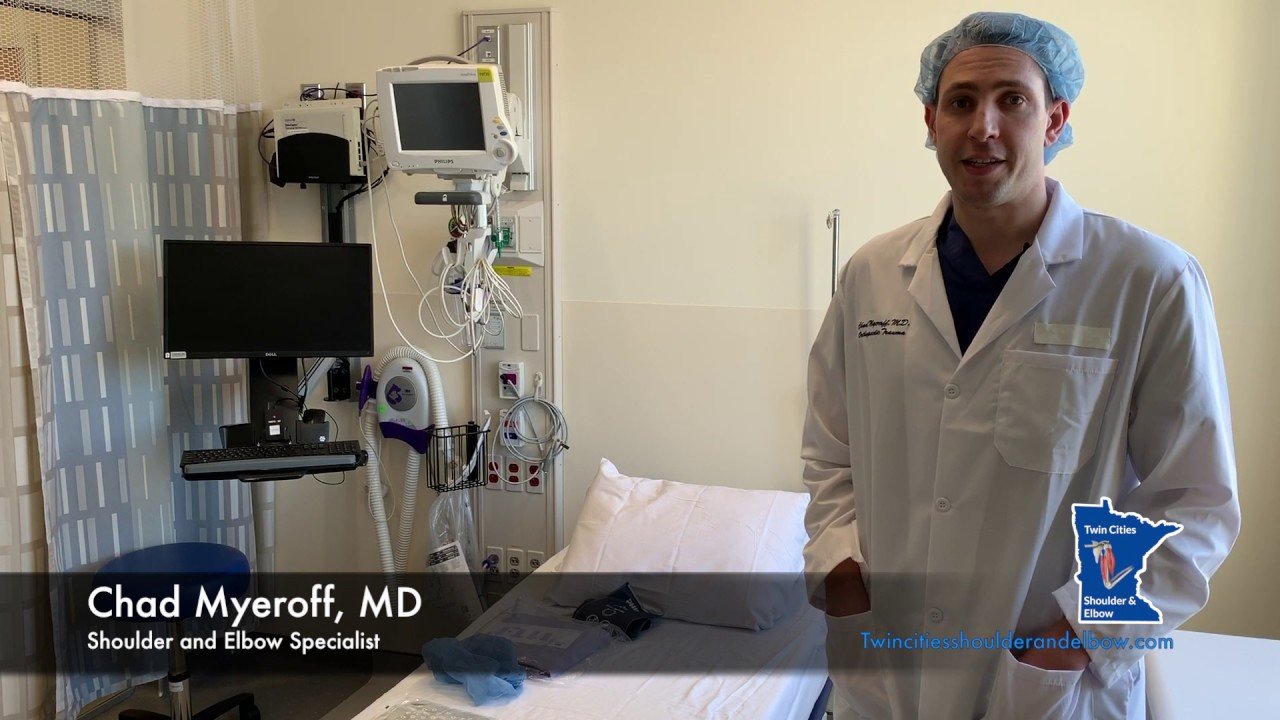
Once you and your doctor decide that surgery will help you, you will need to learn what to expect from the surgery and how to actively participate in the treatment plan for the best results afterward.
Preparing mentally and physically for surgery is an important step toward a successful result. Understanding the process, and your role in it, will help you recover more quickly and have fewer problems.
Before surgery, your doctor will perform a complete physical examination to make sure you don’t have any conditions that could interfere with the surgery or the outcomes.
- Routine tests, such as blood tests and X-rays may be performed.
- Discuss any medications you are taking with your doctor as you may have to stop or alter your intake before surgery. If you are taking aspirin or anti-inflammatory medications or any drugs that increase the risk of bleeding, you will need to stop taking them one week before surgery to minimize bleeding.
- Discuss with your doctor about preparing for potential blood replacement, medical interventions and other treatments prior to surgery.
- Report any infections to your surgeon. Surgery cannot be performed until all infections have cleared up.
- If you smoke, you should stop or cut down as smoking interferes with wound healing and can affect your recovery.
- Have someone available to take you home, as driving is not recommended for at least 24 hours or as advised.
- You may need help with everyday tasks such as cooking, shopping and laundry.
- Put items that you use often within easy reach, so you won’t have to stretch and bend as often.
- After Surgery Video
- Shoulder Surgery Recovery Video
Want to know more?
- Physical Therapy Intro Video
- Finger ROM Video
- Standard Elbow ROM Video
- Shoulder ROM Video
Want to know more?
- Download Dr. Myeroff's Shoulder Stretches Information Sheet
- Download Dr. Myeroff's Standard Elbow ROM Diagram Information Sheet
- Download Dr. Myeroff's Finger ROM Diagram Information Sheet
- Download Dr Myeroff's Post-Op Protocol for Humeral Shaft Fracture – Non-Operative
- Download Dr Myeroff's Post-Op Protocol for Humeral Shaft Fracture – ORIF


